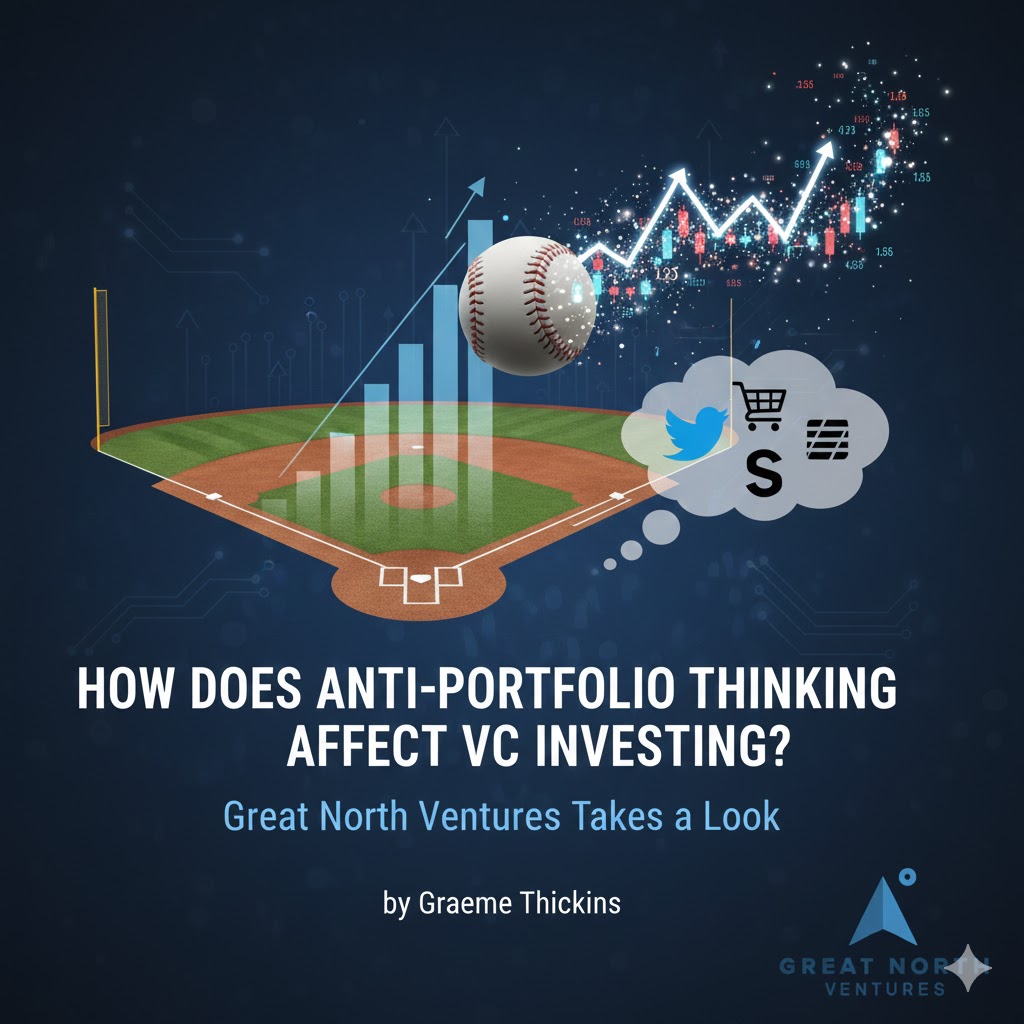Big exits are important for venture investors because they require large distributions to make up for any underperforming investments.
How much capital is burnt to get to those big exits impacts the return multiple a venture investor will realize.
Startups that grow in a capital efficient manner and achieve a big exit become the real needle movers for a venture investor’s portfolio.
Let’s dive into some of the best research in looking at the top-down exit numbers in the venture capital landscape to see how this has played out in the past.
WHAT QUALIFIES AS A BIG EXIT?
Let’s start by looking at what qualifies as a big startup exit.
According to CB Insights 2016 Global Tech Exits Report where they summarize what they found from analyzing 3,358 startup exits, 54% of startup exits were below $50M while 22% were above $200M.
Even for small early-stage VC funds, it is unlikely that distributions realized from exits below $50M will move the needle for investor returns.
It’s the bigger $200M+ exits that can move the needle, especially the 10% of exits which are greater than $500M.
HOW LONG DO BIG EXITS TAKE?
So how long does it typically take for a startup to get to a big exit?
According to SaaStr’s research, the average time it has taken for a startup to get to a $1B+ exit has been 11.7 years.
There also appears to be some correlation where the less capital a startup raised, the longer it took them to get to a $1B+ exit. A great example of this is Mailchimp which sold to Intuit for $12B after bootstrapping their business for 20 years!
LEADING INDICTORS FOR BIG EXITS
To achieve big exits, venture investors must often hold their portfolio equity positions for ten or more years.
Given the long hold times, what are some of the leading indicators that a venture investor may use to determine if startups in their portfolio could be on track to get to deliver a big exit?
1) Has the portfolio startup demonstrated an ability to deliver capital efficient growth over a long period of time? (strong indicator)
2) Is the portfolio startup achieving high Net Revenue Retention from its customer base and is the high NRR likely to continue for a long period of time? (strong indicator)
3) How consistent is the growth of the portfolio startup quarter over quarter, year over year? (moderate indicator)
4) Does the portfolio startup have significant expansion revenue opportunities as it scales? (moderate indicator)
IN CONCLUSION, PATIENCE IS REQUIRED
How should this impact early-stage investors decision-making framework?
Expect for venture capital portfolios to take significant time to mature when making fund investments.
Patience is required to maximize your equity in startup investments.
As the saying goes, the way you go broke in venture capital is selling your equity in your winners too early.







